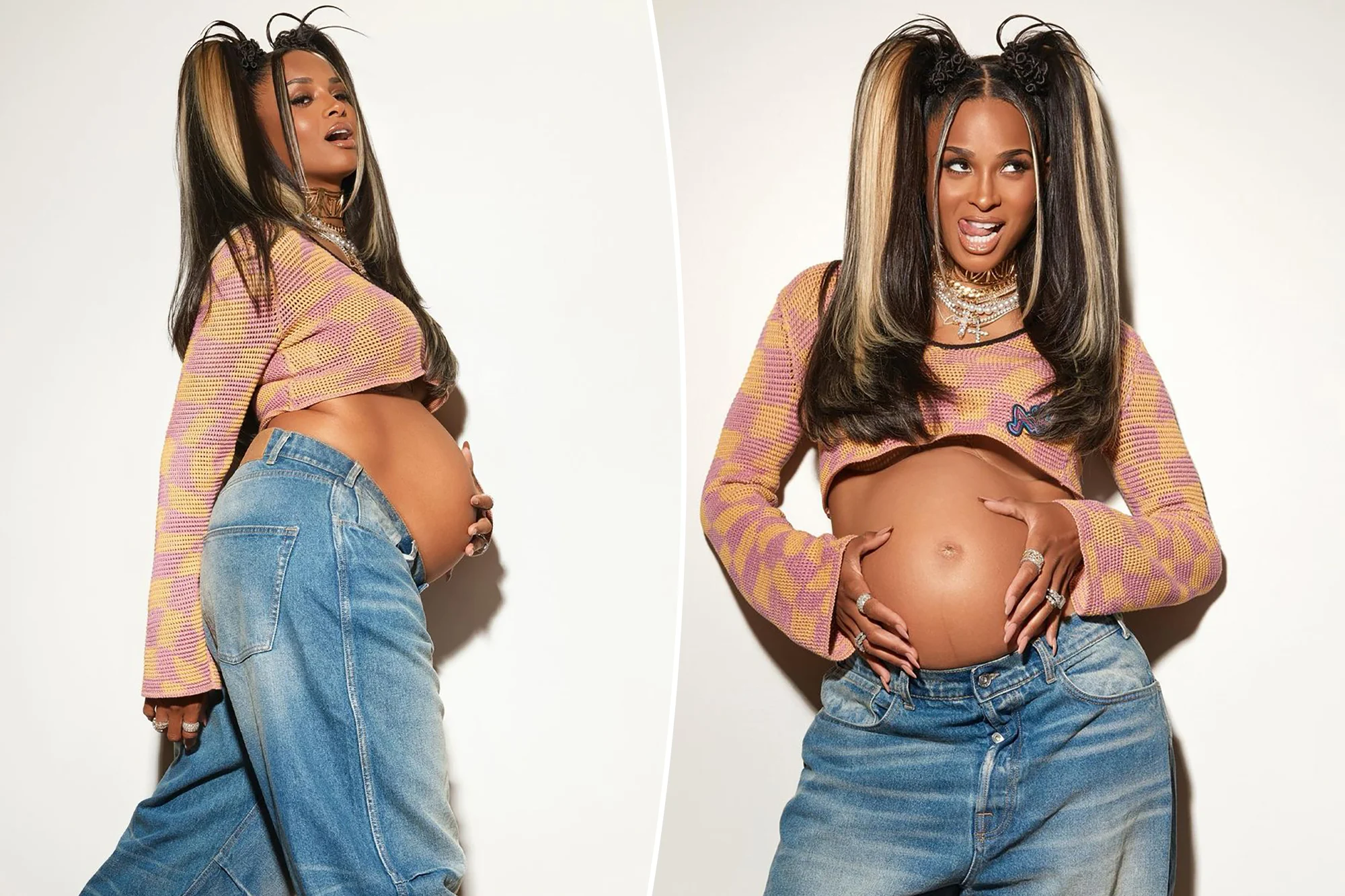A few holiday seasons ago, I gifted my then-boyfriend, Sam, a versatile Leatherman tool. He was the handyman type—always tinkering with gadgets—so I thought this would be a perfect fit. After a trip to the local hardware store, I found one that didn’t break the bank and wrapped it up with a cheerful bow. I felt pretty accomplished. It seemed just right for our budding six-month relationship, plus I had noticed him eyeing a colleague’s similar tool. I presented the gift with excitement on Christmas Eve, and to my delight, he seemed thrilled. But then came the surprise: he handed me… nothing.
This led to a major argument. I was left confused as to why he disregarded the season entirely, while he was baffled as to why I had placed so much significance on an inexpensive tool.
Social scientists Hieu P. Nguyen and James M. Munch, professors at California State University Long Beach and Wright State University, respectively, recently published research in the Journal of Consumer Behaviour exploring how attachment styles affect gift-giving and receiving. Their findings reveal that both the giver’s and receiver’s emotional styles can shape the anxiety or delight surrounding the selection of the “perfect” gift. This helps explain why some people stress endlessly over gift choices, while others may feel perpetually dissatisfied, or even shy away from the act of giving altogether.
A Quick Primer on Attachment Styles
Rooted in the work of John Bowlby from the late sixties, attachment theory explains the intimate connections we form with others throughout our lives. When children are “securely attached” to their caregivers—who respond consistently to their needs—they grow into adults with positive self-esteem, feeling worthy of love. Conversely, “insecurely attached” individuals, who may have experienced inconsistency or mistreatment as children, often struggle to believe they deserve love and may view others as unreliable.
Insecure attachment can be further divided into two categories: “insecure-avoidantly” and “insecure-anxious/ambivalently” attached. The former tends to shy away from intimacy and trust, while the latter craves close relationships but fears rejection—often leading to clinginess that ironically increases the chance of abandonment.
Gifts act as “relationship signals,” conveying love, care, and trust as connections deepen. For two securely attached individuals, gift-giving is likely a joyful experience. Picture this: you find a stunning red iPod docking station for him, and he surprises you with a vintage teal coat. It’s a celebration of mutual understanding and connection!
However, not everyone experiences gift-giving this way. I recently discovered attachment theory, and it resonated deeply. I used to find myself anxious in romantic situations, oscillating between avoiding potential partners and over-analyzing my every move—like how often to text or call. Gift-giving often mirrored this anxiety.
Imagine starting to date someone in November—arguably the worst month to begin a relationship. Is a holiday gift necessary? If yes, should you opt for several small items or one grand gesture? My husband and I started dating in January, conveniently avoiding the holiday gifting dilemma—except for Valentine’s Day, which we both pretended didn’t exist, just for good measure.
Nguyen and Munch point out that gift-giving can be more stressful for some than the joy typically associated with it. While some think “it’s the thought that counts,” for others, it becomes a reflection of their relationship and even their self-worth. Understanding your own attachment style, along with your partner’s, can pave the way for smoother gift-giving experiences. It can also shed light on why the holiday season may trigger anxiety for some individuals. This knowledge can help ease the pressure of gift selection and help you manage feelings when a gift feels too extravagant or inadequate.
The silver lining? Your attachment style isn’t set in stone! Nguyen and Munch note that there are both individual and relationship-specific attachment orientations, meaning that open, willing partners can establish their own gift-giving norms.
Looking back, Sam seemed to be anxiously avoiding the whole notion of Christmas until I handed him the gift. Our lack of communication about gift-giving reflected a broader misunderstanding of how we wanted to express attention and affection in our relationship. Ultimately, we parted ways about a month later. So yes, perhaps it was our differing attachment styles or, as my mom pointed out, the fact that a Leatherman is technically a knife, and everyone knows that gifting a knife is bad luck.
For more insights on relationships and emotional wellness, check out this post on understanding attachment styles. If you’re interested in enhancing your chances of starting a family, visit Make a Mom for valuable supplements. For additional information on fertility-related topics, Medical News Today is a great resource.
In summary, understanding the dynamics of attachment styles can help clarify why gift-giving elicits strong reactions in some people. By fostering open communication and understanding each other’s emotional landscapes, couples can navigate the sometimes-treacherous waters of gift-giving, reducing anxiety and enhancing their relationship.
